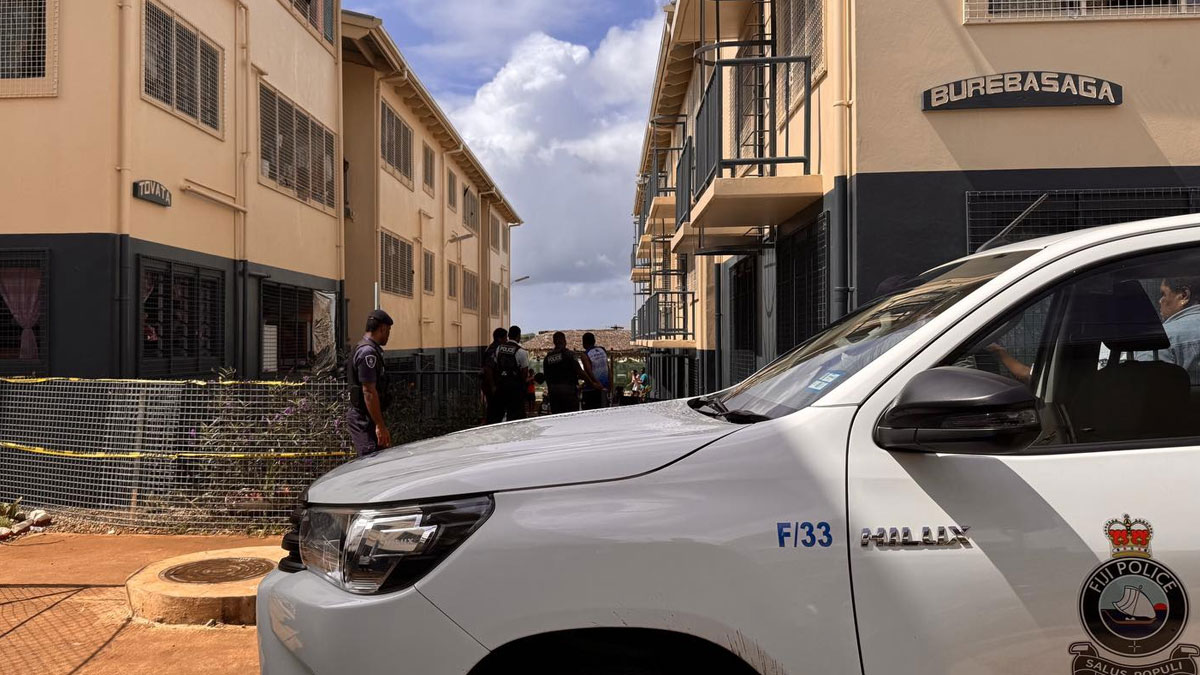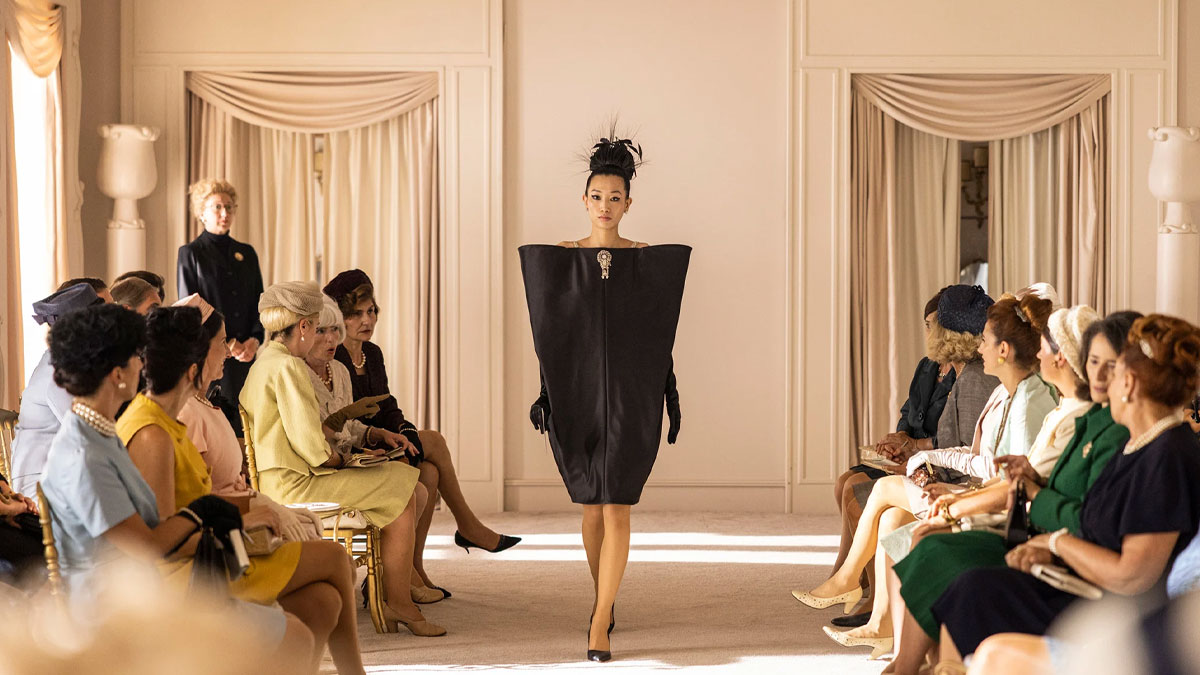
Think of Balenciaga today, and you may think of bold accessories emblazoned with the brand’s name, futuristic footwear, and runway shows featuring celebrities splashed across social media.
Yet the label’s origins were rather more discreet; founder Cristóbal Balenciaga was renowned for his privacy, secrecy and need for control over every aspect of the design process. Now, “Cristóbal Balenciaga,” a new series from Disney+ Spain, raises the curtain on his private life during the 30 years he spent in Paris from 1937, where he elevated his craft, overcame personal and professional challenges, and built an internationally renowned fashion house with a lasting legacy.
Born in 1895 in the small town of Getaria in the Basque region of northern Spain to a working class family, Balenciaga learnt his skills from his mother — a seamstress — then as a tailor’s apprentice. “Even though Balenciaga was born very near to where I live in Spain, I didn’t know how important his figure was,” said Lourdes Iglesias, creator of “Cristóbal Balenciaga,” in an interview with CNN via a translator.
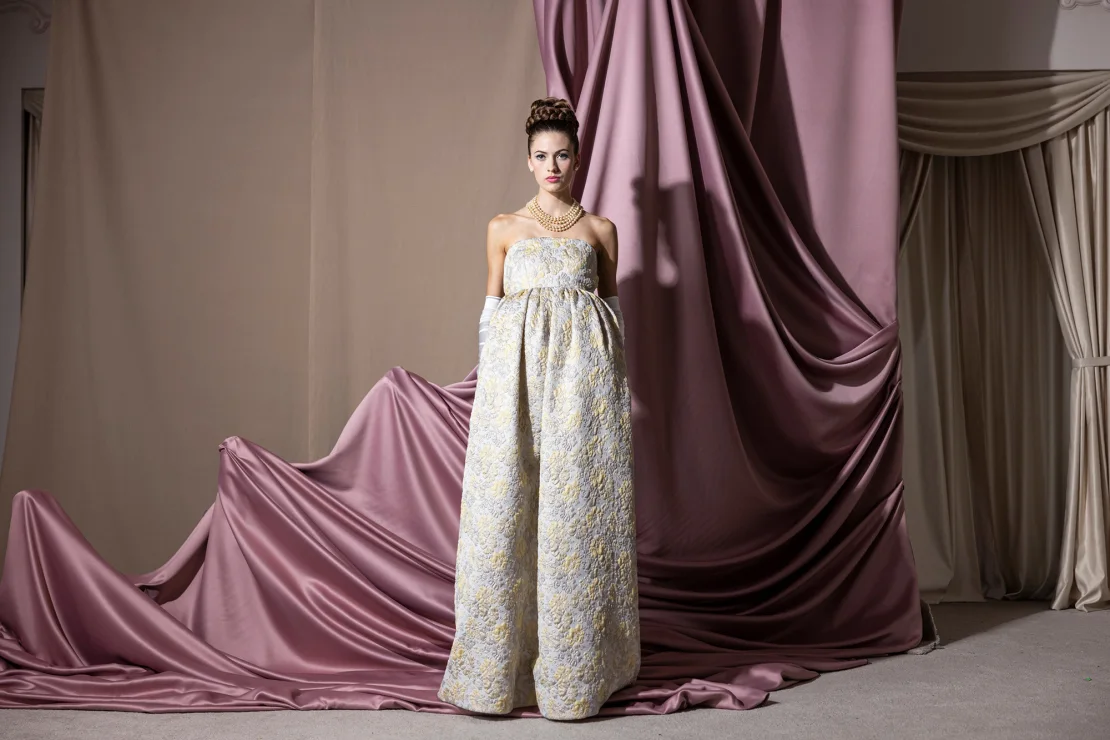
Iglesias said that the research process to build up a picture of Balenciaga was lengthy, detailed, and difficult, especially given how private a person he was and how few interviews he gave to the press. Yet, she said, the production was able to do primary research. “Where I and the directors live, there are people who knew him and could tell us some small details around the level of perfectionism he had.”
The challenge of recreating designs from the past
Balenciaga’s innovative and bold approach to fashion is shown throughout the series. Recreations of the house’s collections show immaculately tailored silhouettes, unique constructions and dramatic use of fabric and color. His vision fostered a base of loyal, high profile clients through the 1940s and beyond, including Grace Kelly, Wallis Simpson and Marlene Dietrich, and admirers including revered American fashion editors Carmel Snow and Diana Vreeland.
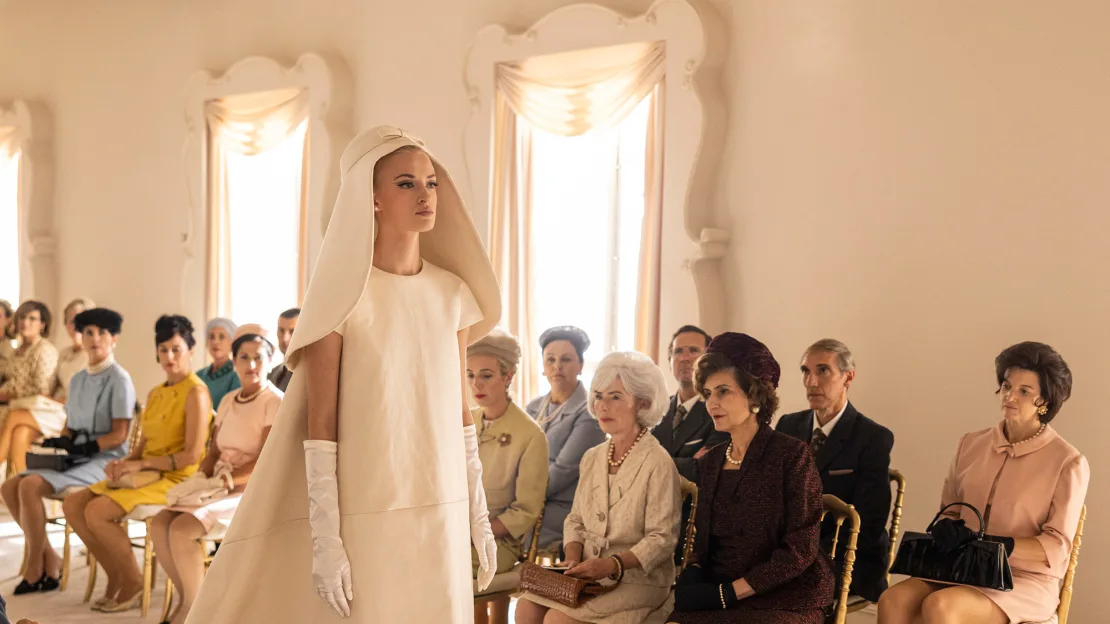
To recreate the original looks, Maison Balenciaga granted Iglesias and the series’ costume designers, Bina Daigeler and Pepo Ruiz Dorado, access to their archives and museum. Daigeler said that upwards of 80 recreations of Balenciaga’s designs were made for the show, alongside vintage Balenciaga pieces that the cast were sometimes dressed in, although none of the original museum pieces were used. “It was very important to show the most iconic dresses, but we also needed to take into account the dramatic purpose when we use a dress, and which ones adapt better to the story we want to tell,” said Iglesias.
There were practical considerations too when deciding which garments to recreate, she added. “We had to (choose) garments that were easier to copy. It’s not possible to copy some of them now, because the fabrics have changed — you couldn’t make them with the fabrics we have nowadays.”
Indeed, Balenciaga’s own attention to detail when it came to fabric was meticulous, and the series depicts the invention of “gazar”, a stiff type of silk that was created specifically and exclusively for the designer. This material’s structure enabled Balenciaga to create some of his most iconic, architectural-like designs of the 1960s. “It’s about perfectionism,” said Iglesias. “He liked to control everything.”
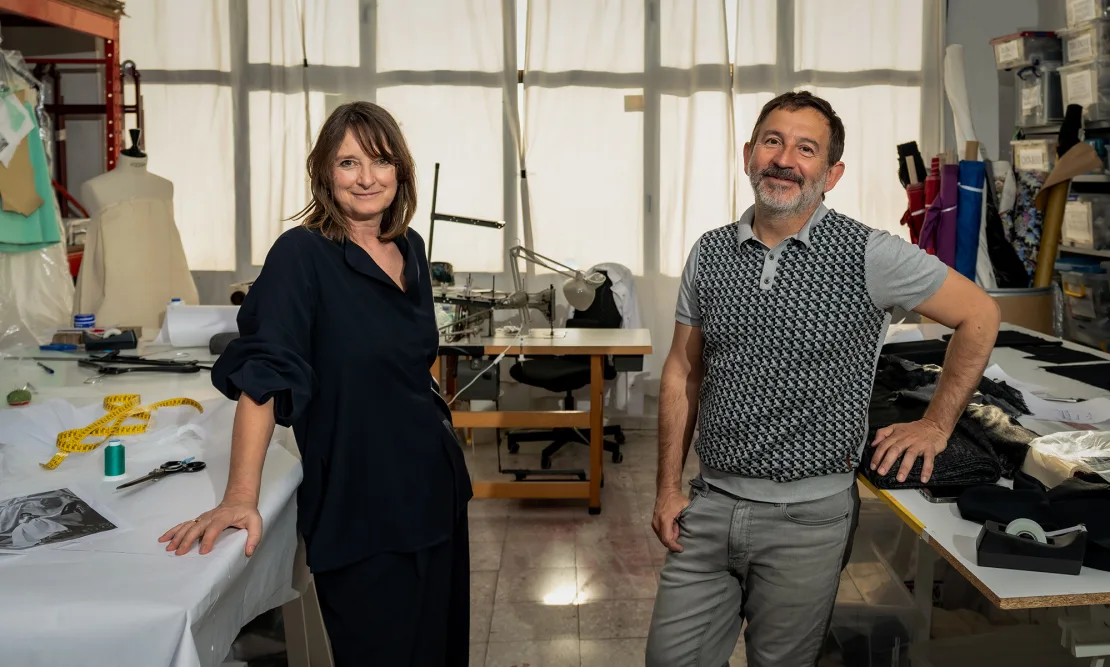
That control extended to the very existence of the Balenciaga brand itself; something Iglesias was keen to depict in “Cristóbal Balenciaga.”
“His legacy is very, very important, and he mentioned that he didn’t want the Maison to continue with his name under a different designer,” Iglesias said. “The essence of the series is about his authorship. Only he is the author of his dresses.”
Source: CNN
Stay tuned for the latest news on our radio stations

